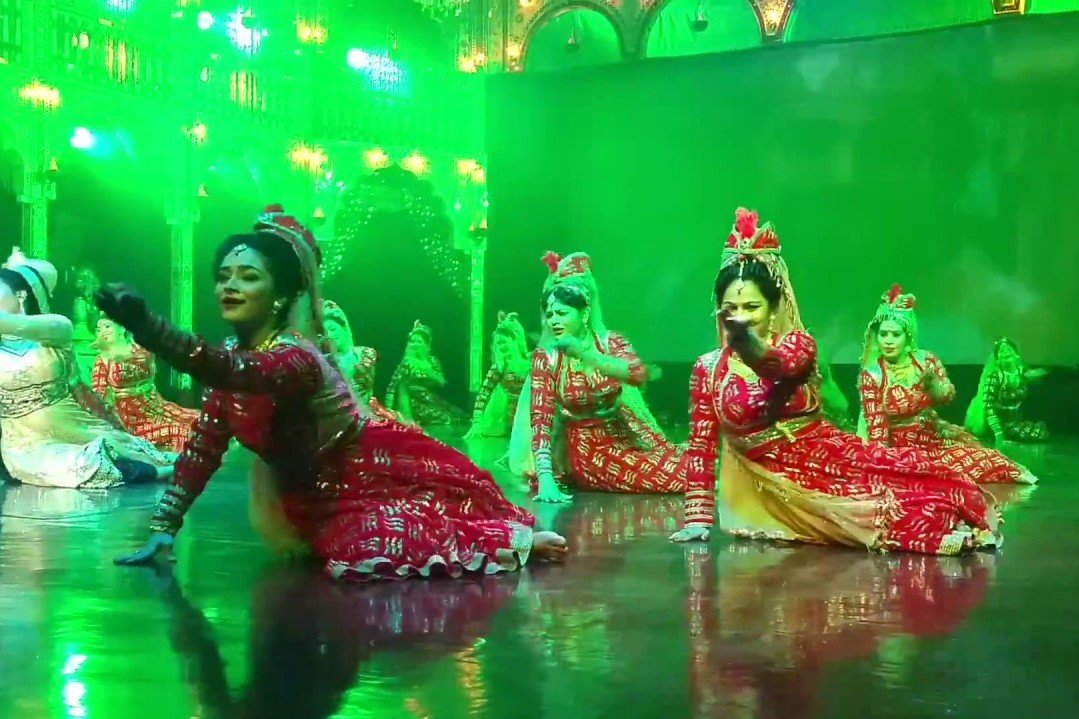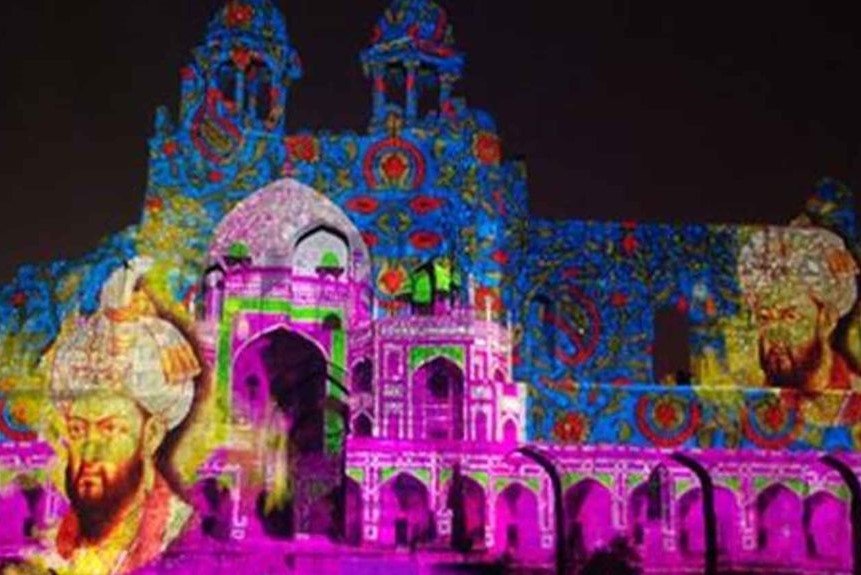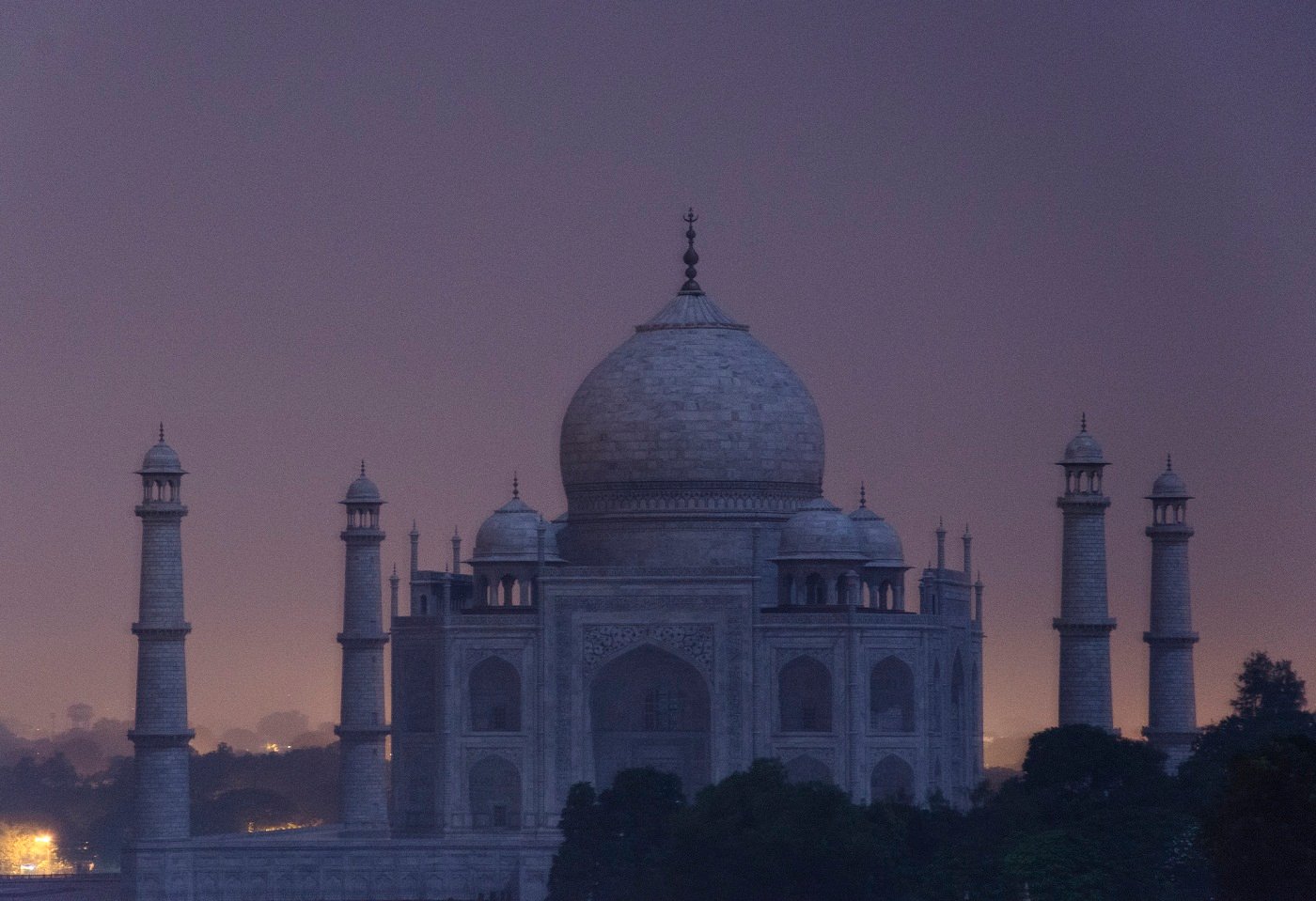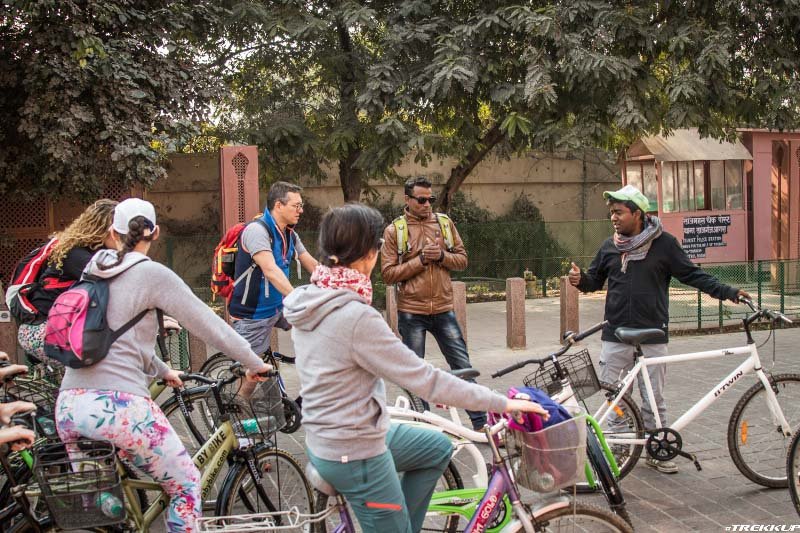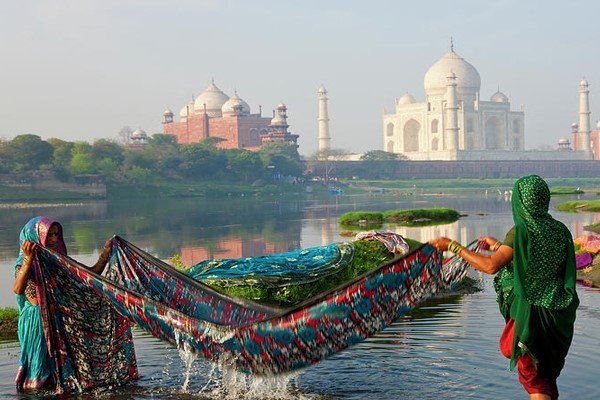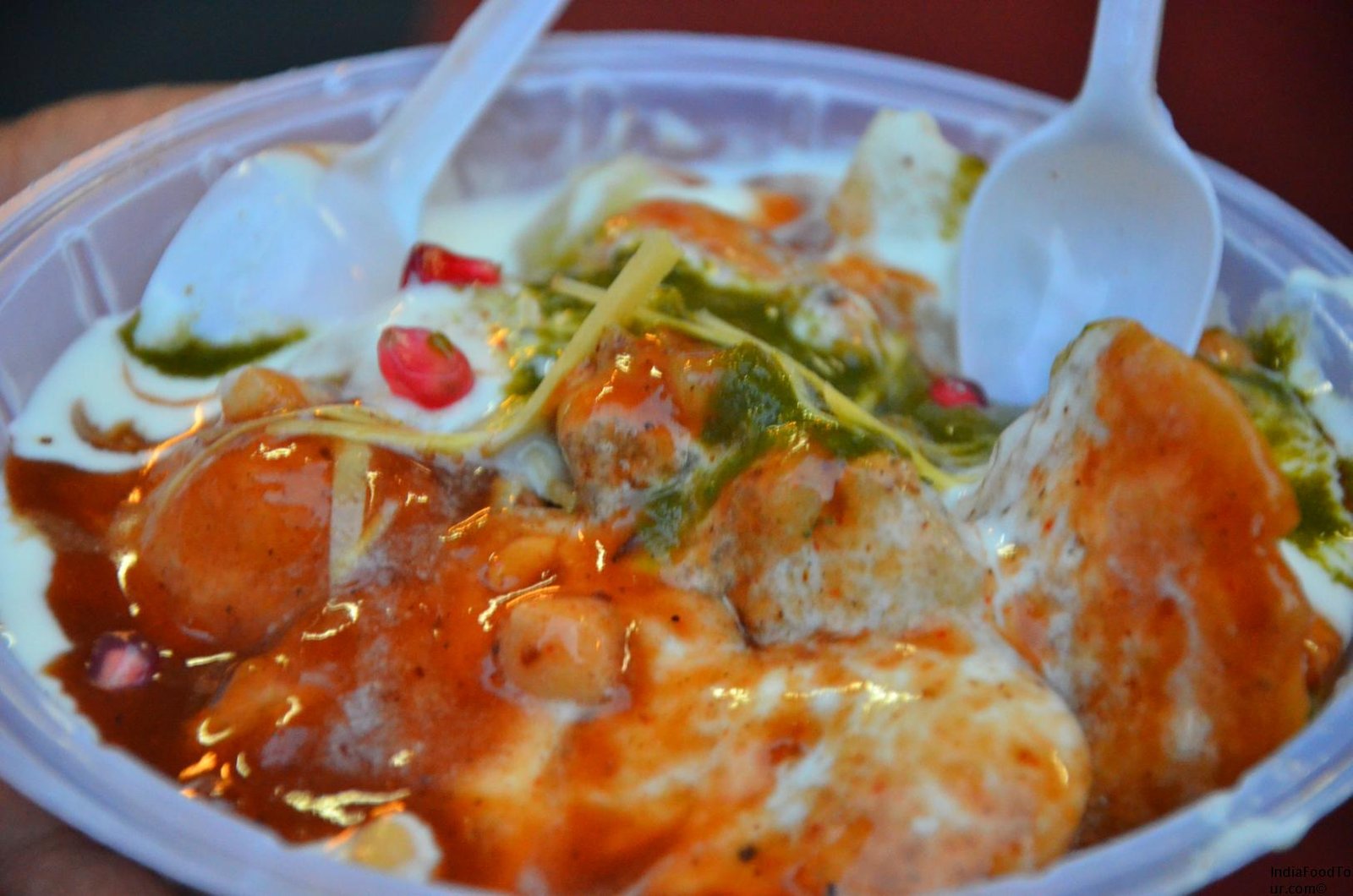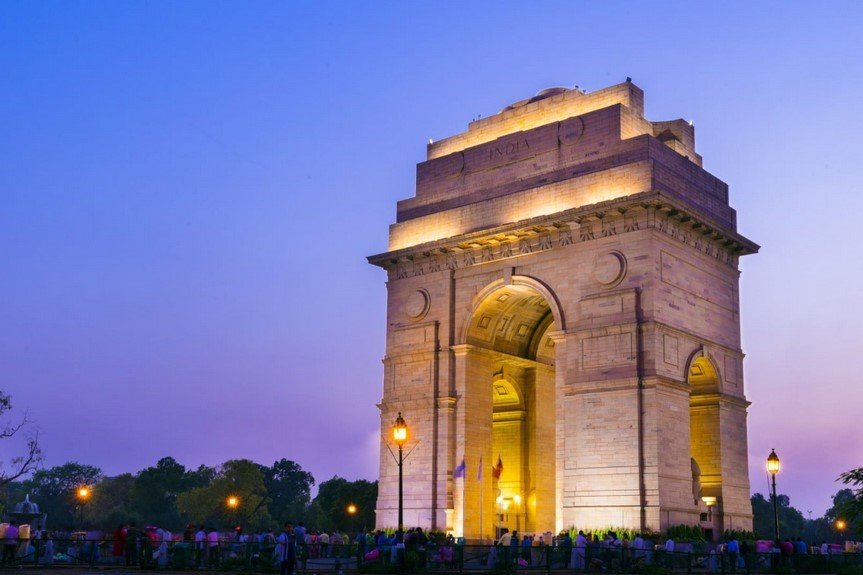
Delhi is the city that may surprise you at first but will soon engulf you in a string of new experiences, leaving you entwined with its culture and people. Ruled by some of the most powerful emperors in the history of India, Delhi has transformed into a soulful city embracing each culture with open arms. The capital of world’s largest democracy, Delhi as a city that bridges two contrasting worlds. While Old Delhi is a labyrinth of mysterious narrow lanes, haveli’s and majestic mosques, the imperial city of New Delhi is composed of spacious, tree-lined avenues and imposing government buildings. The city has gradually evolved to become a window to India’s unique cultures and ethnicities.
The Eternal city, offers visitors a sumptuous banquet of history and heritage seamlessly in tune with its transformation as one of the world’s fastest growing and largest metropolises today. Monumental architecture here is redolent of the creative genius of successive historical era. Delhi’s kaleidoscopic core is ripe for many more cinematic ventures to be staged here. From the opulent expanse of Old Delhi to urbane skyscrapers, tree lined avenues, undulating flyovers, ancient bazaars, and the wonderful Delhi Metro, our city is the visual spectacle like none other.
explore experiences
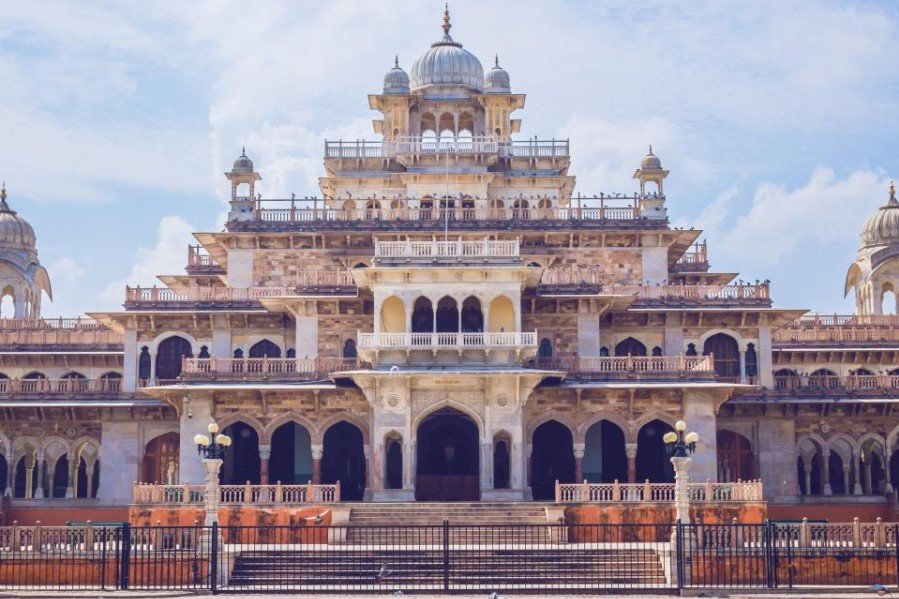
The city of palaces and forts, interspersed with historical monuments and gardens that testify the grandeur of the Rajput kings, Jaipur is the gateway to the royal heritage of India. Also called Pink City, the capital of Rajasthan, remains suspended in time, with its heritage preserved in the overwhelming Hawa Mahal that gazes down at the bustling streets of Johari Bazaar.
A little away from the city centre, which is resplendent with state-of-the-art cinemas/ movie theatres, eateries, multiplexes, museums and parks, lies the arid hilly country dotted with forts that earlier stood as armoured sentinels of Jaipur. The biggest and the most awe-inspiring is the Amber Fort, which leaves one humbled with its expansive fortifications and grandeur.
Founded by Maharaja Jai Singh II in 1727 AD, Jaipur was the stronghold of the Rajputs, who gave it its everlasting legacy in the form of various heritage sites, arts and crafts, culinary curations etc. Typical Rajasthani cuisine, comprising lal maas, dal-bati-churma, ker sangri and other uncountable recipes, all hold limelight in the culinary culture of India. These can be enjoyed in the quintessential Rajasthani style of sitting cross-legged on mats on the floor and digging in in the sumptuous thali, which features up to 20 dishes.
While one can enjoy the various offerings of the city as an outsider, what really sets Jaipur apart is its welcoming spirit that wins you over with its warmth. To symbolise this hospitable culture, the older part of the city was painted pink under the reign of Maharaja Ram Singh in 1876. Although this was done during the British rule when the Prince of Wales came to visit India, many houses are still adorned with the hue to reiterate their signature slogan of 'Padharo Mhare Desh' (Welcome to my Land).
Jaipur was designed by architect Vidyadhar Bhattacharya in the early 18th century. Through the years it has transformed into a bustling metropolis while continuing to retain its old-world charm. Following India's independence from British rule, Jaipur and the principalities of Bikaner, Jaisalmer and Jodhpur came together to form the present state of Rajasthan. Today, thousands of travellers from the world over come to explore its vibrant streets every year, sampling its delicious food and experiencing its rich cultural flavours. They find at every turn a charming confluence of tradition and modernity, old shops rubbing shoulders with new malls without ever detracting from the city's essence.
A kaleidoscope of many moods and hues, Jaipur is also a fantastic shopping destination. From colourful puppets and bandhni sarees to silver jewellery and lac bangles, it offers a host of knick-knacks and souvenirs to take home along with many fond memories!
explore experiences
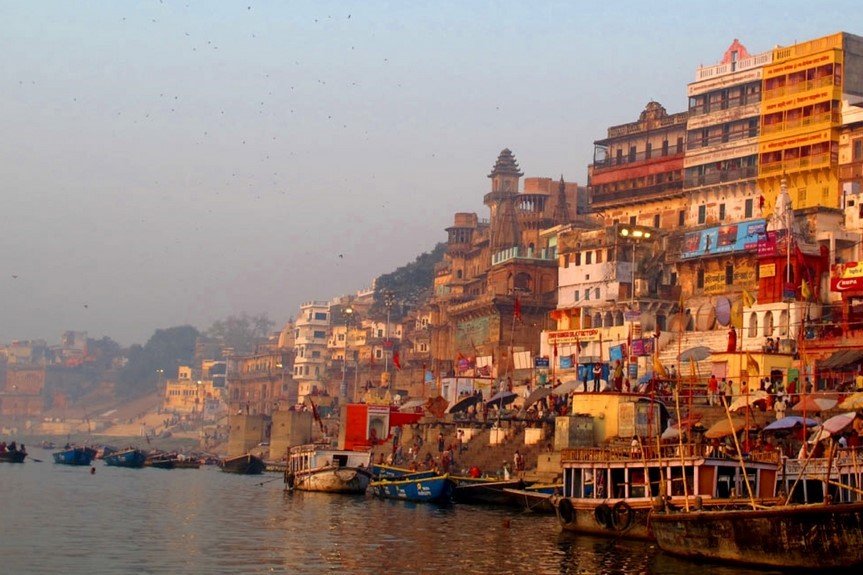
One of the oldest living inhabitations of the world, the sacred city of Varanasi or Benaras, nestled on the banks of the holy Ganges river, has been attracting pilgrims for centuries. Celebrated author Mark Twain, who visited India in the last decade of the 19th century, described the city as “older than history, older than tradition, older even than legend.”
Believed to be the abode of Lord Shiva, Varanasi is among the seven sacred cities in the country. Centuries of history, art and tradition have conflated to add colourful layers to Varanasi's aura, which is most spectacularly evident at its ghats (stepped banks of a river). An abode of travellers in search of holiness and divine providence, the ghats of the Ganges are the highlight of the spiritual scene of Varanasi. From the famous Ganga arti (a fire ritual) to cremation ceremonies, the ghats are the site of time-honoured rituals that are performed to this day.
Legend has it that Lord Shiva channelled the celestial Ganga on earth, and that is why the river is considered holy. Thousands of devotees from all over the country come to bathe in its waters as it is believed that taking a dip in the holy Ganges absolves one of their sins. It is also believed that those cremated here achieve moksha (salvation). For many, the sacred Kashi Yatra (pilgrimage to Kashi, as Varanasi was earlier called) is one of the most important rituals to undertake during their lifetime.
In recent years, the city has turned into a purveyor of philosophy, yoga, the ancient medicinal science of Ayurveda, and astrology.
Varanasi is also one of the holiest sites of Buddhism, as it was in Sarnath, which is located merely 12 km away, that Lord Buddha preached his first sermon. Jain literature, too, refers to Kashi as a holy city, as it is the birthplace of four Jain tirthankaras (saints). It is said that Kabir, a 15th-century mystic poet and saint, was also born in this city.
The city, believed to date back to 1400 BC, finds mention in the Upanishads (holy Hindu scriptures) as Benaras and is said to have been an important centre of trade and education. It eventually acquired the name Varanasi and came to occupy a special place in the Indian consciousness, especially as a bridge to the old world. Scribes have, for long, tried to capture the essence of Varanasi in books. From the couplets of Kabir to the works of prose writers like DN Khatri, Hazari Dwivedi and Jaishankar Prasad, the city has inspired a vast body of literary, scriptural, poetic and historical works produced by some of the most famous Indian writers over centuries. Famous for silk weaving, the city offers brocade sarees that are a must in most Indian brides' trousseau. The city is also famous for copper ware, brassware, wooden and clay toys, and jewellery.
Famous melody-makers, from Mughal court musicians to present-day personages like iconic sitar player Ravi Shankar, shehnai maestro Bismillah Khan and late vocalist Girija Devi have called Varanasi home. Their influence on classical and contemporary music is so strong that Varanasi also features among the ‘Cities of Music’, which has been established by UNESCO’s Creative Cities Network.
explore experiences
The pocket-sized paradise of Goa is a traveller's dream. Sun, sea, sand, spices, spirituality and seafood, along with a balmy weather, call to the soul of trekkers, backpackers, nature lovers and those who simply want to languish in its slow-paced and relaxed vibes. Located by the glistening waters of the Arabian Sea on India’s western coast, the state of Goa is renowned for its breathtaking beaches, rich culture and pristine natural beauty. Formerly a Portuguese colony, Goa offers travellers a chance to experience a unique blend of sandy shores, forests, monuments and delectable cuisine, attracting tourists across age groups.
explore experiences


